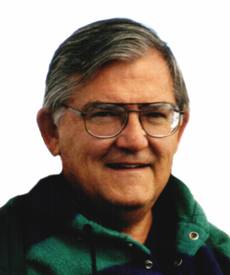|
Mixing Microwaves and Acoustics to Detect Breast Cancer
Robert Eisenhart, PhD

August 30, 2006
CLU - Richter Hall Ahmanson Science Building
45 Million women in the United States are screened for breast cancer each year with 35% referred for a second diagnostic test. X-Ray mammography is the current standard tool, a painful and error prone procedure. You may know someone who had to deal with the trauma of positive results from an X-Ray mammography to discover through the medical investigation that there is no clear answer as to whether the person has cancer or how spread is the cancer. The X-Ray technology is definitively limited in its diagnostic capability and creates a lot of angst in the population of patients having mammograms done.
This presentation describes an interesting hybrid combination of two different physical wave effects to discover cancerous tumors in the breast. Electromagnetic energy is used to “excite” a tumor, generating acoustic energy, which is then analyzed to pinpoint the tumor location. Dr. Eisenhart explains the various choices made for distribution of RF energy within a patient’s breast.
Robert Eisenhart, PhD
Eisenhart & Associates
Dr. Eisenhart has 46 years professional experience in the microwave industry. As a Chief Scientist with Hughes Aircraft he focused on the design of RADAR components. He earned his Bachelor’s degree at Rensselaer Polytechnic Institute (RPI), and Masters and Doctorate at the University of Michigan. He has 11 patents and 40 papers in the field of microwave circuits. He was an ROTC Distinguished Military Graduate at RPI and served with the U.S. Army Security Agency. For the last 12 years Dr. Eisenhart has been working as an independent consultant in microwave/RF antenna and circuit design. He is an IEEE Life Fellow.
|

